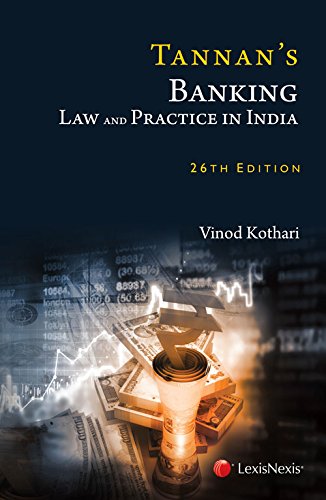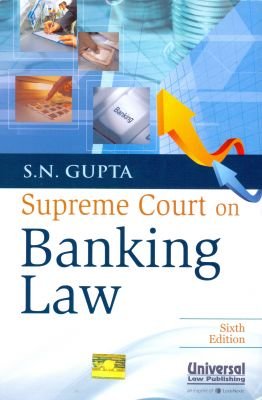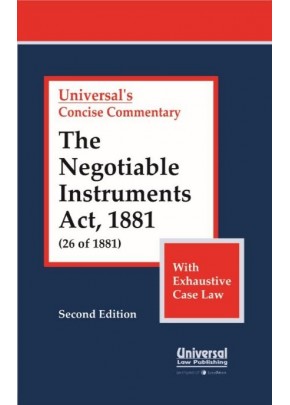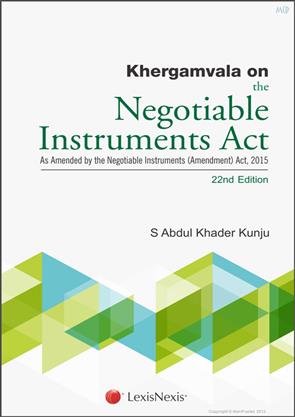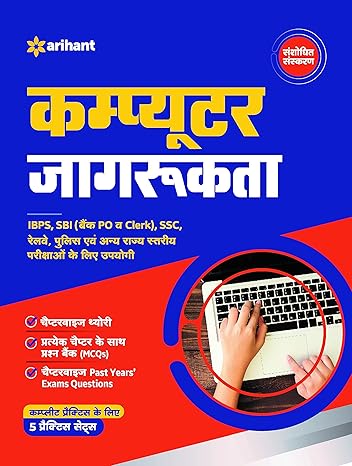Buy Banking and Negotiable Instruments Books Online - Sriina
Featured Products
Negotiable Instruments Act, 1881 (26 of 1881) (with Exhaustive Case Law)
₹189.15
M.R.P.:₹ 195.00
You Save: ₹5.85 (3.00% OFF)
Success Master IBPS 2023 Bank Clerk (CRP-XIII ) Mukhya Pariksha
₹406.25
M.R.P.:₹ 625.00
You Save: ₹218.75 (35.00% OFF)
Success Master IBPS CRP-XIII Bank Clerk Preliminary Exam Guide 2023
₹241.40
M.R.P.:₹ 355.00
You Save: ₹113.60 (32.00% OFF)


